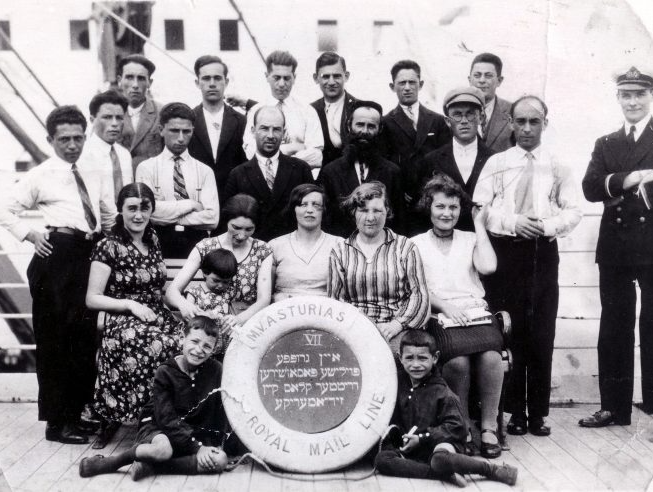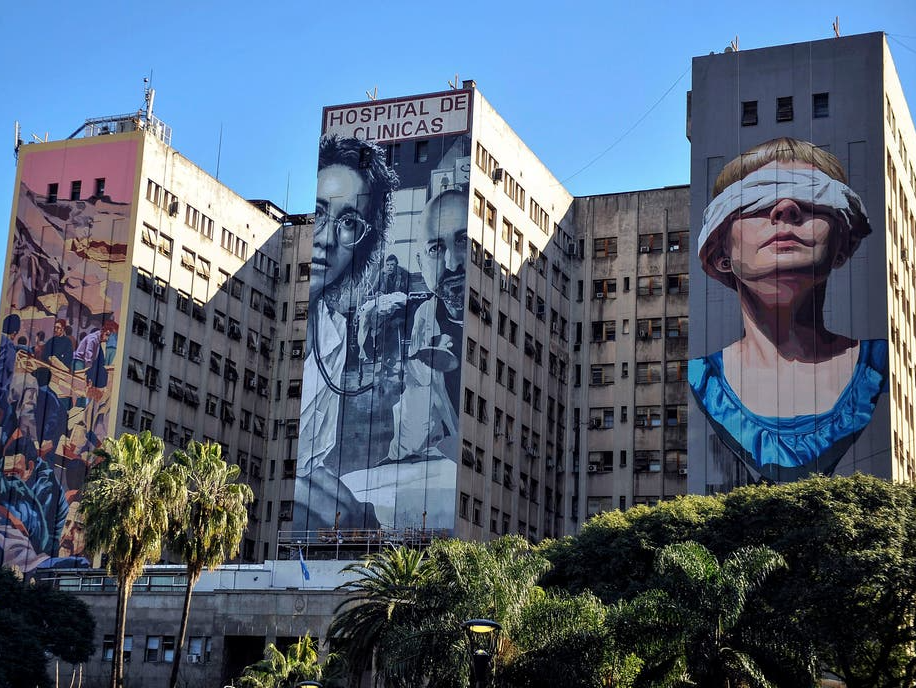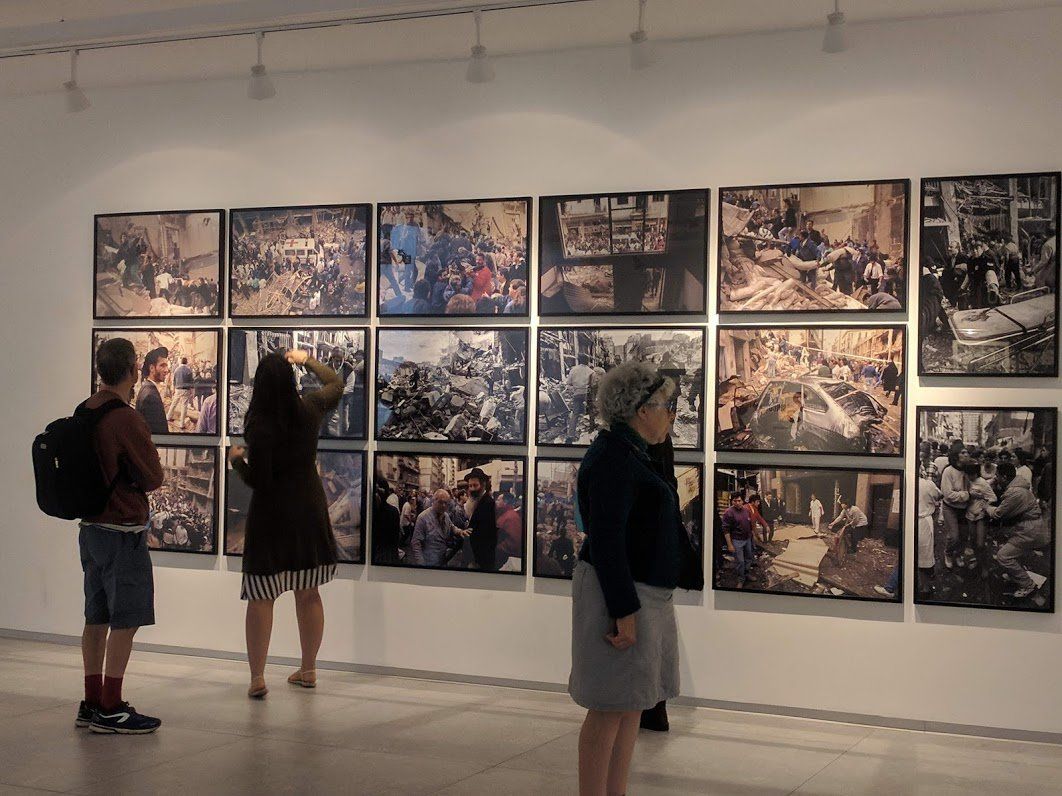once
The History
Once -or Balvanera- houses the largest and most visible Jewish population in the city and it's considered the most traditional Jewish neighborhood, packed with kehilas, yeshivas, kosher restaurants and even a kosher internet and cellphone provider!
In this neighborhood, in 1994, a car bomb blew up the largest Jewish Community center, AMIA which completely changed the neighborhood.
Beyond it's Jewish population, in Once you'll find Chinese, Bolivian, Peruvian and Paraguayan communities, as well the largest retailers of garments, toys, quinceañera dresses, kitchenware and many more things.
People come here from all over the country to buy in bulk for their shops, making it the epicenter of hustle and bustle... until the first star of Shabbos, that is!
Don't miss...
- The artwork in Plaza Houssay
- Take a stroll down the Orthodox part of Once
- Head to Helueni to experience a true porteño Jewish Deli -don't forget to try their amazing kibbes and sambusak!
- Check out the quinceañera puffy dresses and over-the-top party decorations, in true latin style!
- See the fabulous artwork in the new AMIA building, and the memorials to the victims of AMIA that can be found in Pasteur St. and Pasteur-AMIA subway station.
- If you're adventurous, try some of the ridiculously inexpensive street food sold by Peruvians and Bolivians... specially spicy tamales!
Want to visit AMIA? We can do that!
After the terrorist attack of 1994, security in the Jewish institutions has become very strict.
We have AMIA-cleared guides who can take you to see the new building, which is scattered with meaningful and beautiful artwork.
We can also show you some of the murals from outside the building.
If you wish to visit AMIA you will need to book your AMIA tour at least 1 week in advance and send your passport details so they can go ahead and do the security clearance.
Original passports are required for entry to all Jewish tours, museums, synagogues and institutions.
Klezmer meets the Tango
Once had a very rich life in Yiddish, with numerous print shops, libraries, theaters and clubs where a vast artistic and cultural production came into existence.
Soon, as the klezmorim started integrating the typical tango orchestras and influencing the overall sound of this musical style, they started writing their own songs with lyrics in Yiddish.
Even though much of this production was lost, there is a revival of the Jewish Tango which is taking place not only in Argentina, but also in Israel and Poland.



